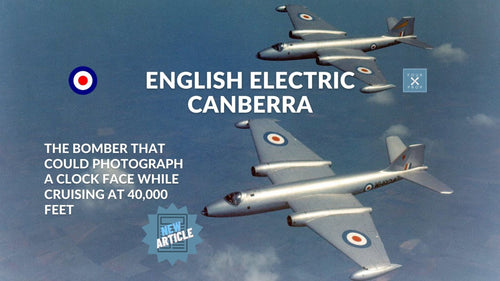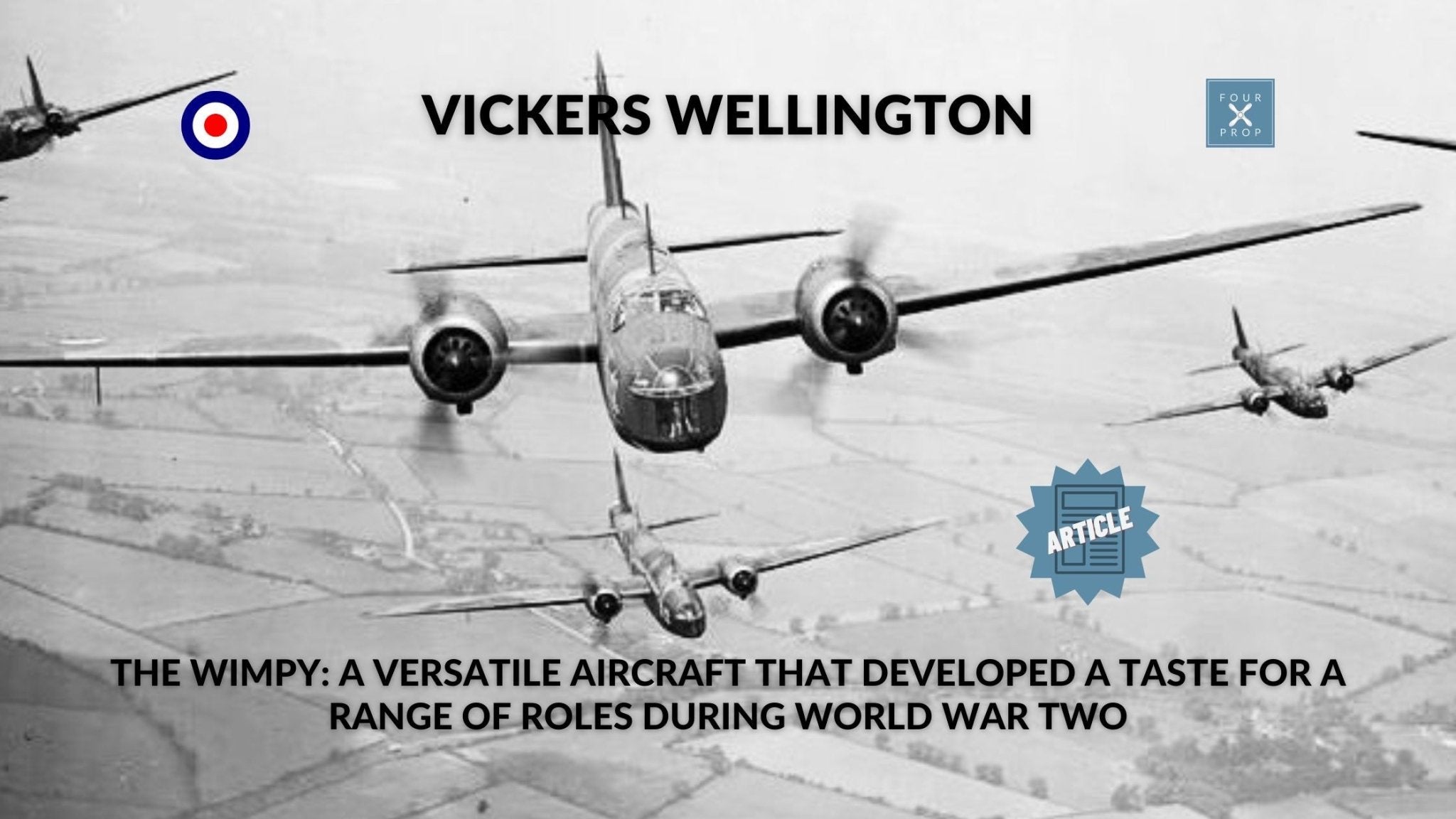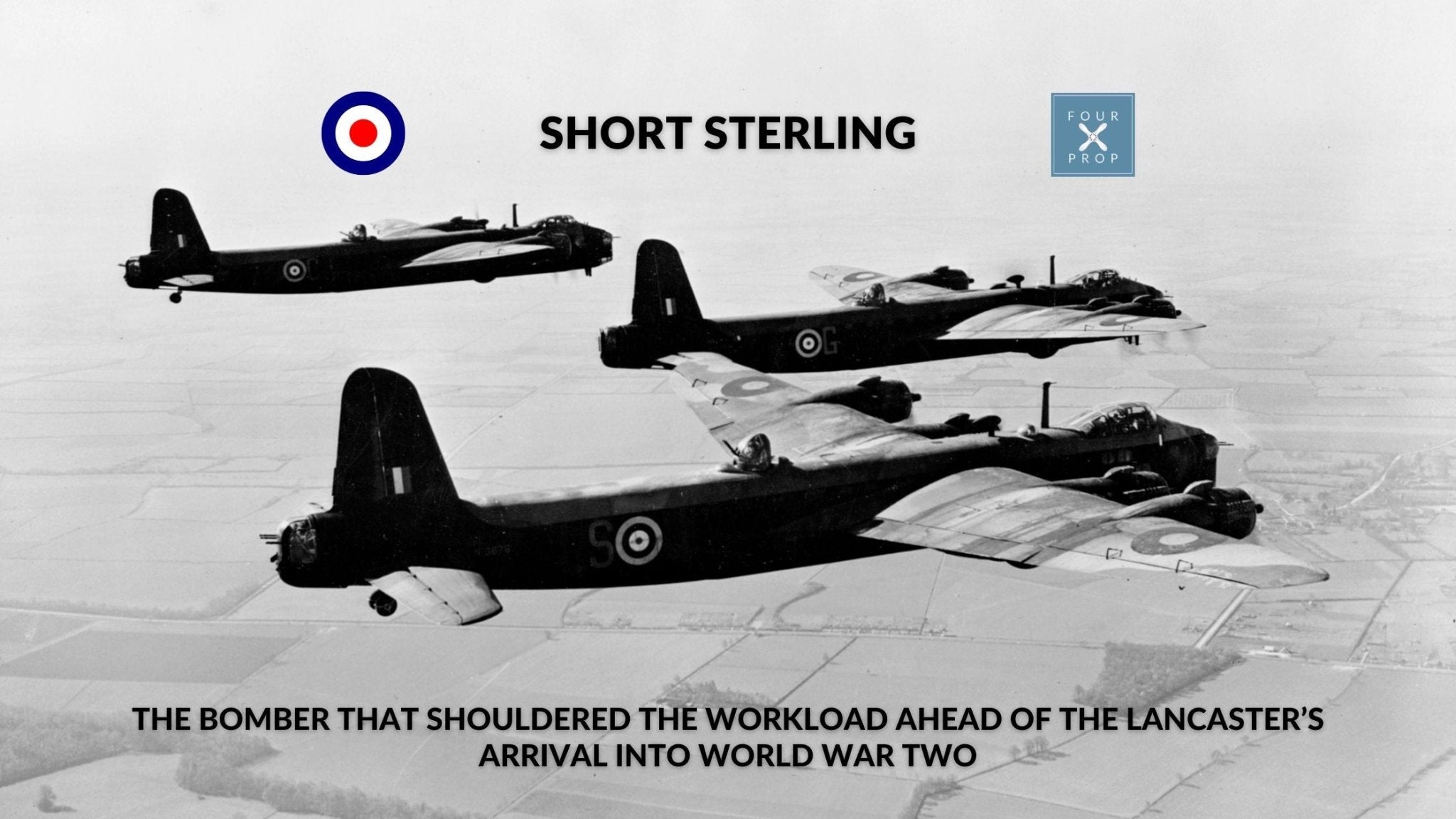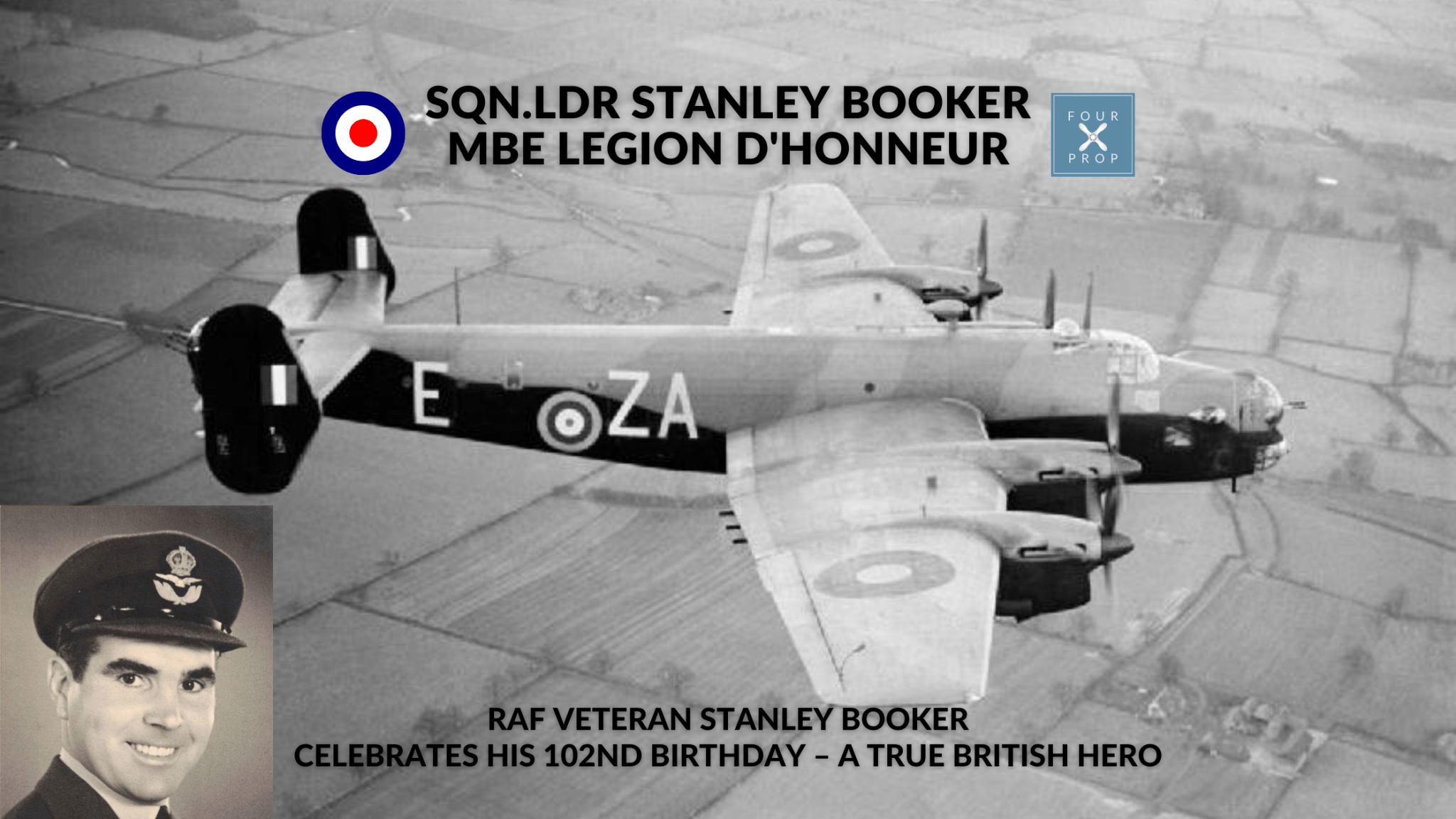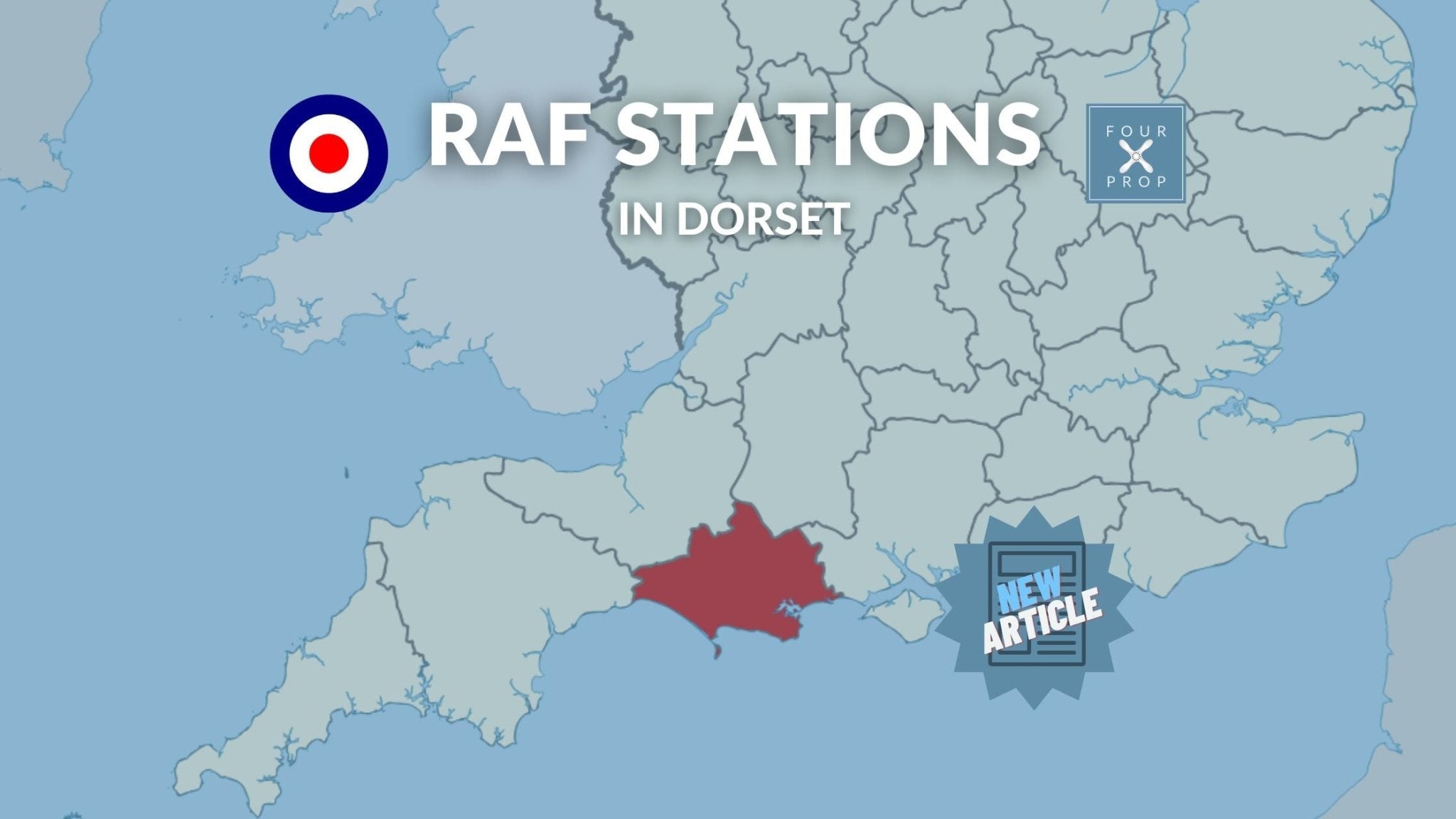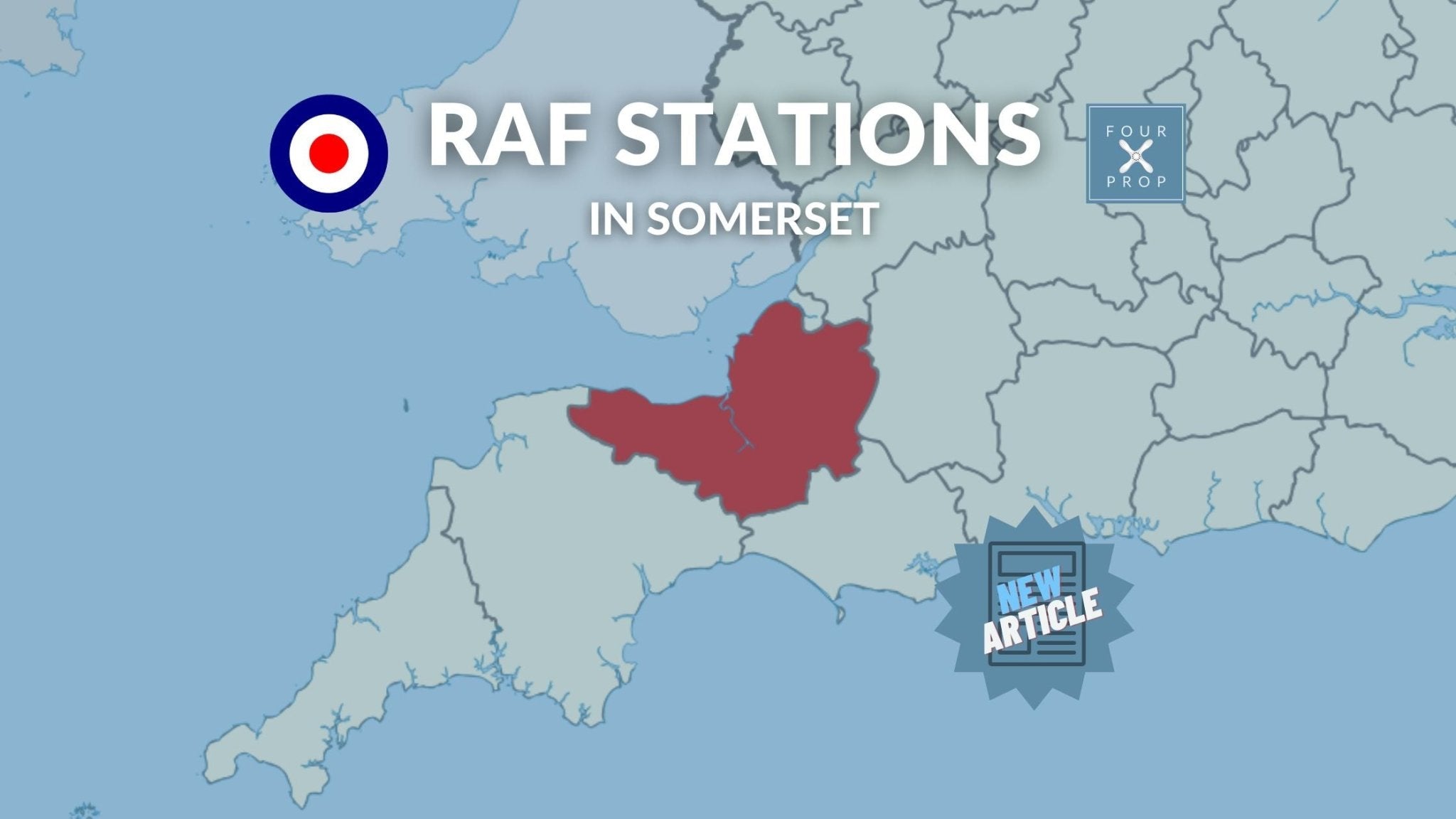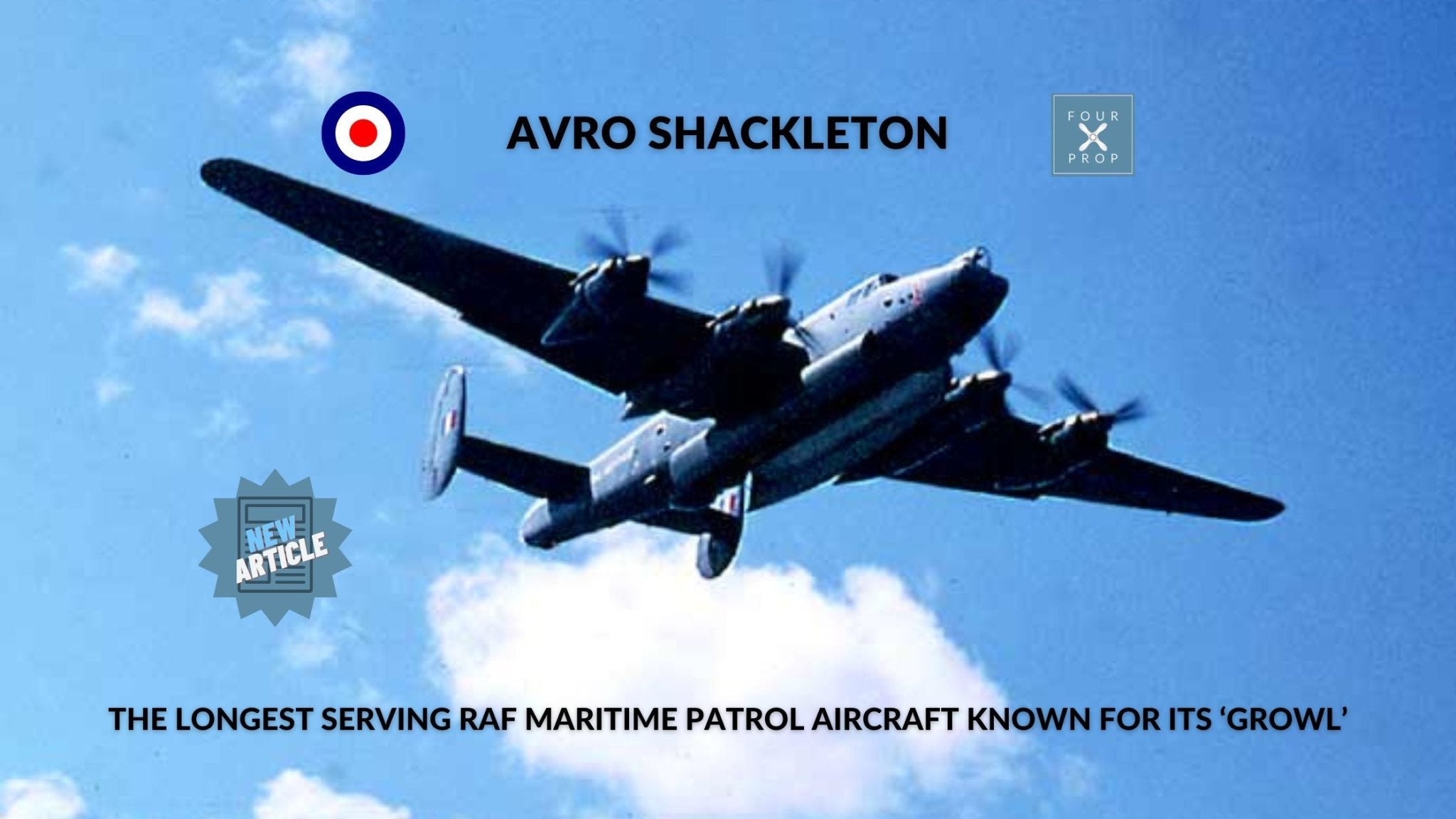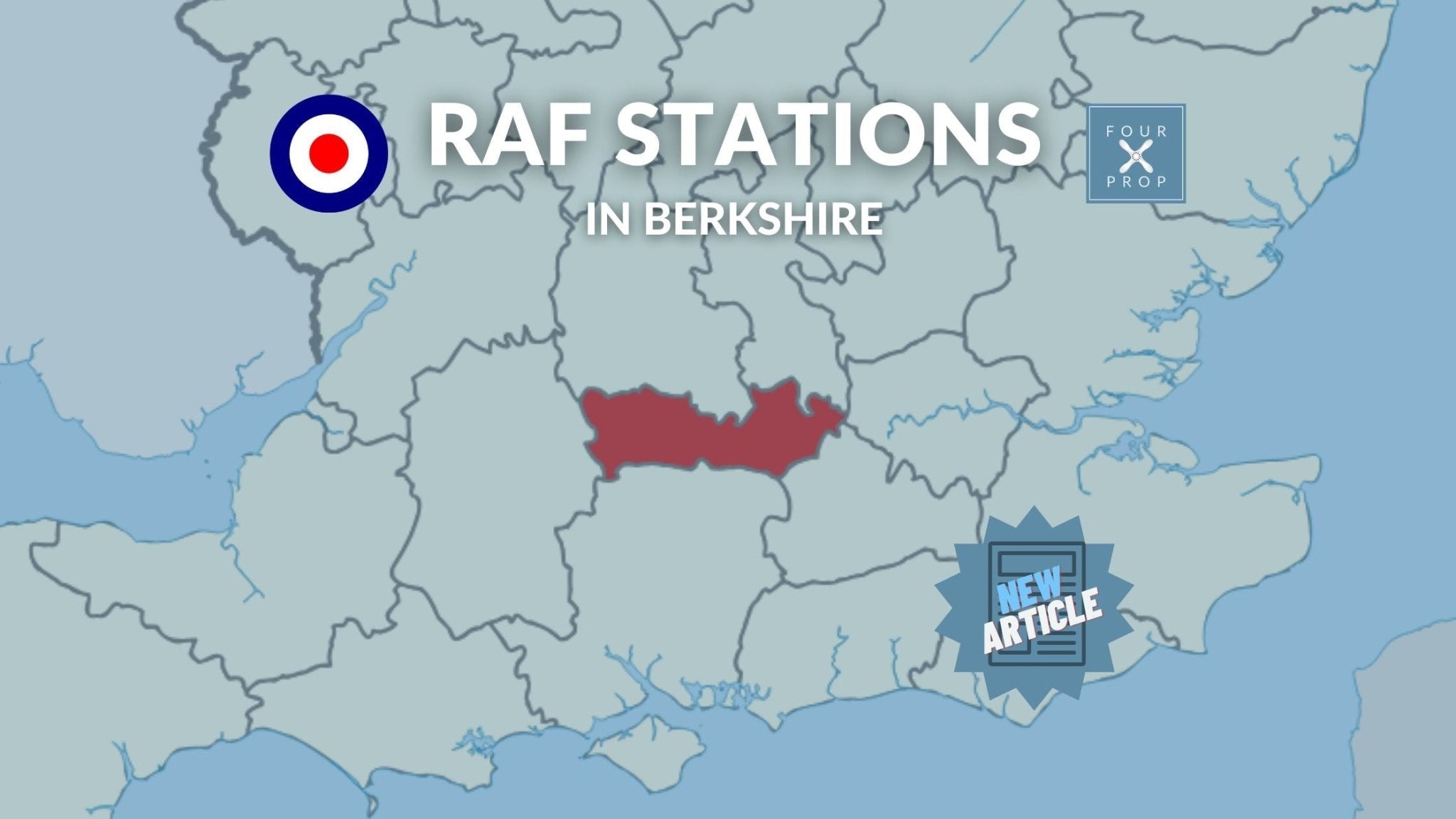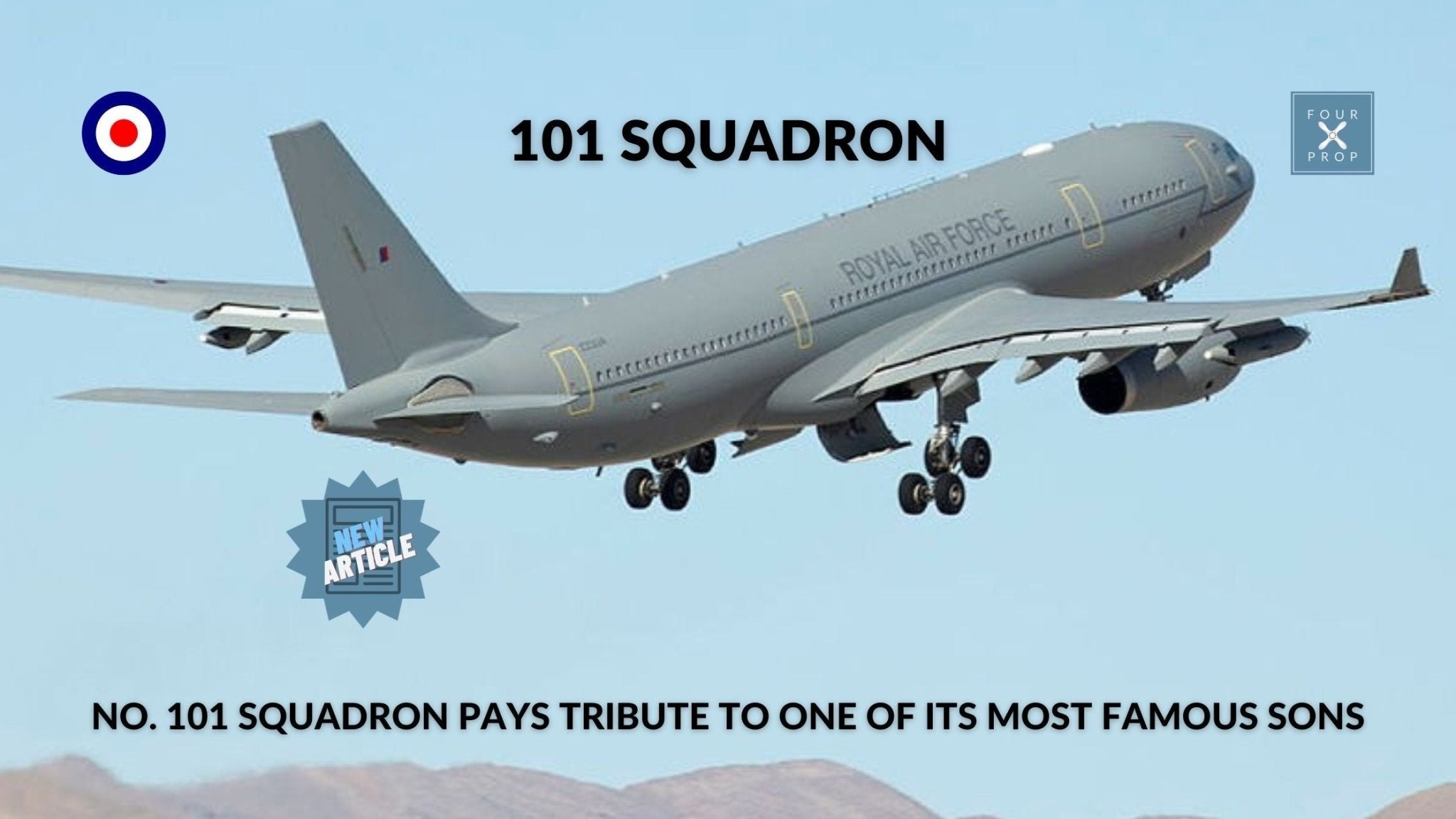The bomber that could photograph a clock face while cruising at 40,000 feet
WHILE the English Electric company is best known for producing the iconic Lightning supersonic fighter, the company’s first foray into military aircraft design saw it submit plans for a jet-powered medium bomber in the 1940s.
The Air Ministry was looking for a successor to the De Havilland Mosquito, the requirement for an aircraft ‘with no defensive armament and a high-altitude capability to evade interceptors’.
While English Electric had built aircraft for the likes of Handley Page and De Haviland during the war, the arrival of designer Teddy Petter from Westland Aircraft pushed the firm to the forefront of military design, Petter quickly setting up his own team.
After initial concepts involving a centrally-mounted engine raised concerns with regard to the positioning of the bombload, it was late in 1945 that a design was put forward that incorporated twin engines set in the wings, altering the aircraft’s centre of gravity to allow room for a more substantial bomb load, and increased accessibility to the aircraft’s engines.
It was January 7, 1946, that the Ministry of Supply placed a contract for the production of four English Electric aircraft, at that point known as the EE A.1.

(The first Canberra B.2 prototype, VX165)
With delays caused by both politics and design issues, it was more than three years later on May 13, 1949, that the initial prototype flew, and on September 13 of that year, chief test pilot Roland Beamont demonstrated the new aircraft at Farnborough. Flight magazine described the display as ‘exhilarating’, with Beamont later setting two transatlantic records in the jet – one-way from Northern Ireland to Newfoundland, and a return trip that took just over ten hours.
With a maximum speed of 540mph and the ability to carry a 3.6-ton payload at ultra-high altitudes, – the new jet set three height records including one of 70,310ft in 1957 – demand surged with the outbreak of the Korean War in June 1950, the US ordering large numbers. It would be a year later that the RAF took delivery on May 25, 1951, No. 101 Squadron at Binbrook the first recipients; the name Canberra only arrived in 1951, its christening coming by then Prime Minister of Australia, Robert Menzies, the first overseas customer of the new jet.
Further adaptions included the addition of a glazed nose to allow visual targeting by a bomb aimer, a move which led to cockpit adjustments to incorporate the new crew member. Another model was operated by No. 540 Squadron RAF, converting from the Mosquito, taking delivery of the first aircraft designed purely to perform photo-reconnaissance missions, the PR3.

(Canberra PR.3 of No. 540 Squadron RAF at London Heathrow in June 1953)
The Canberra’s ability to operate at such high altitudes and improvements in its range enhanced its reconnaissance capabilities, with a particular operation highlighting its importance to NATO. In August 1953, a Canberra took off from Giebelstadt air base in Germany, flying over the rocket development site at Kapustin Yar, 70 miles east of Volvograd, with Russian air defences becoming aware of the flight. The MIGs that were scrambled were able to damage the Canberra which was flying at an altitude in excess of 20km (12.5 miles), but it was still able to safely land in Tabriz, Iran, complete with photographic evidence of the Russian military complex.
In 1955, the introduction of the Vickers Valiant to RAF service, an aircraft capable of carrying far heavier payloads over greater distances, led to the phasing out of the Canberra as a high-level bomber. It was, however, still seen as an important element of Britain’s air defences, redesignated for a low-level and ground-attack role.

(Canberra B.6, WH977 rolls off the top of a loop over the snow-covered Lincolnshire countryside, 18th January 1956)
The potential delivery of a tactical nuclear strike on Russian soil while escaping the blast effects saw Canberra pilots trained in low altitude attacks, so-called loft bombing – the attacking aircraft pulling upwards ahead of the release of its payload, giving the bomb extra time before detonation as it is released in an upward trajectory.
While Bomber Command retired the Canberra in 1961, it was still used by RAF squadrons overseas, some in the nuclear strike role, with the last removed from duty in 1972. However, its reconnaissance capabilities ensured it still had its uses with the military, operating out of RAF Wyton in Cambridgeshire – the System III camera capsule carried could see the clock face on Elizabeth Tower, commonly referred to as Big Ben, while flying at 40,000ft above the Isle of Wight.
But it wasn’t just used for photographing locations in Eastern Europe, it was also utilised in Northern Ireland to locate hidden arms dumps.
An intriguing episode occurred during the Falklands War in 1982, with a plan drawn up for Canberras to be supplied to the Chilean Air Force, and flown by a mixture of RAF and Chilean crews, operating reconnaissance flights over the South Atlantic. Operation Folklore saw several support aircraft make their way to South America ahead of No.39 Squadron jets from Wyton reaching Belize.
With intricate flight paths researched to avoid potentially dangerous airspace, flying the planes to the maximum of their range before landing on a highway in Chile where they’d be met by a waiting Hercules for refuelling, the mission was pulled. However, some believe photographs taken of the damage to Port Stanley caused by Operation Black Buck One must have been taken by PR9s, and there have been reports that Canberras were spotted at Puntas Arenas Airport in southern Chile during the conflict.

(English Electric Canberra PR.9 XH135 of No. 39 (1 PRU) Squadron)
The PR9 stayed in operation, seeing service during conflicts in the Balkans in the 1990s, and again in the 2000s both in Iraq (2003) and Afghanistan (2006). It was the standing down of No. 39 Squadron at RAF Marham in July 2006 that spelled the end of Canberra, a flypast of a PR9 taking place some 57 years after the first flight.
Several ex-RAF machines still operate in the US carrying out research and mapping work, and there are believed to be around ten in private hands, occasionally seen flying at airshows across the world.


